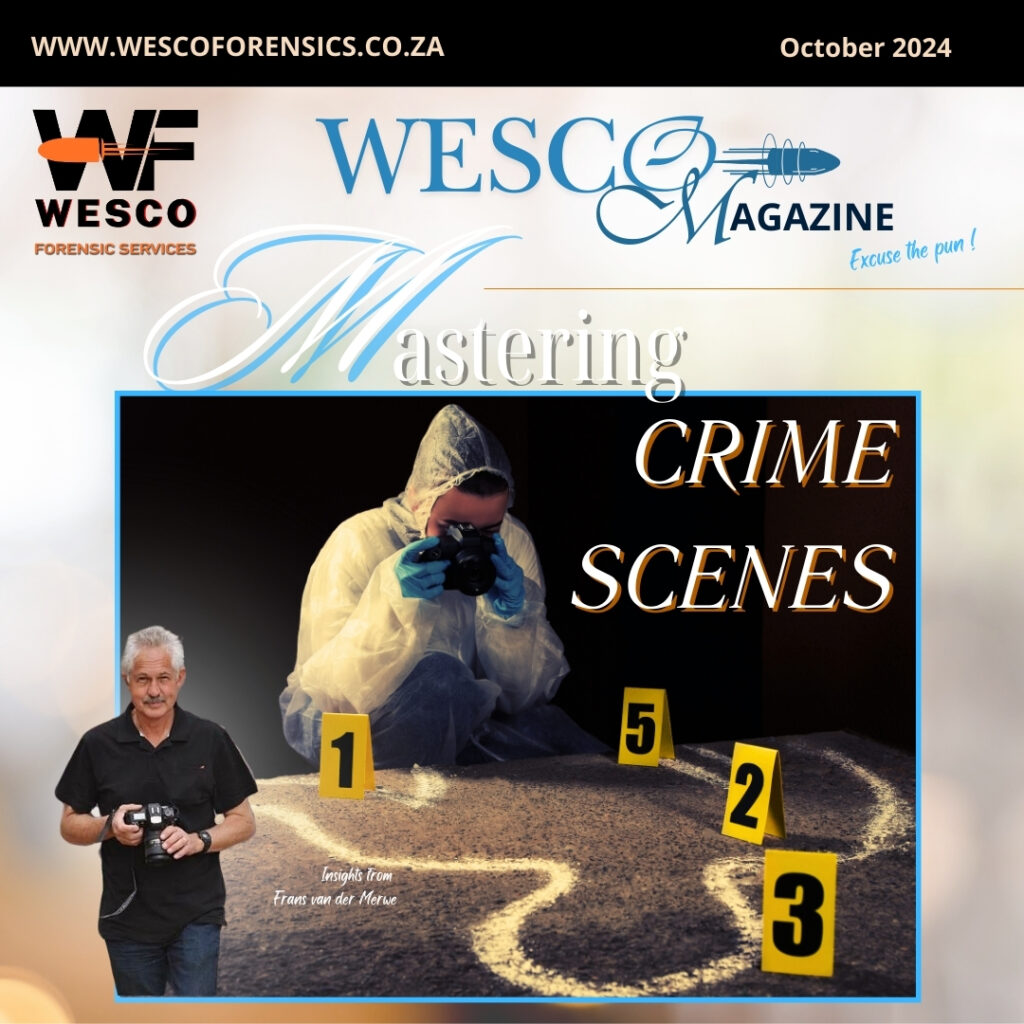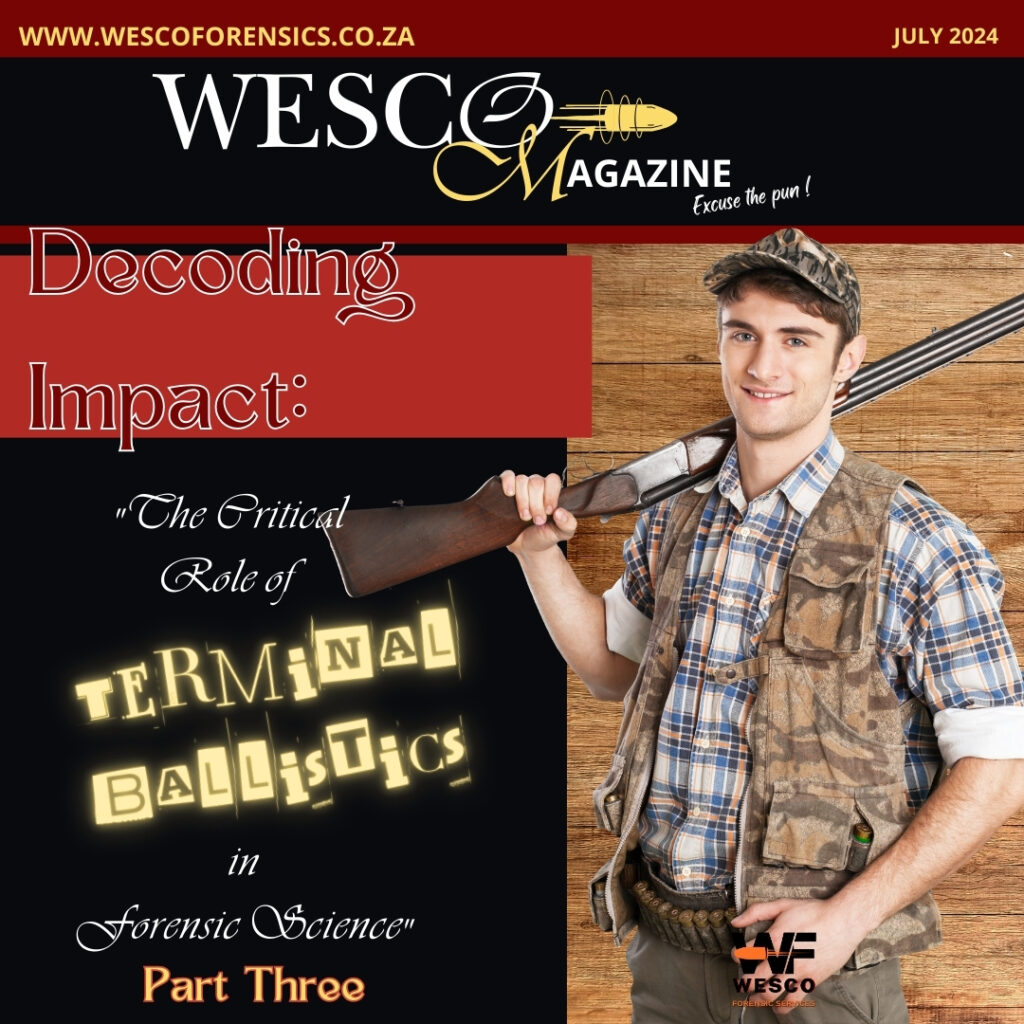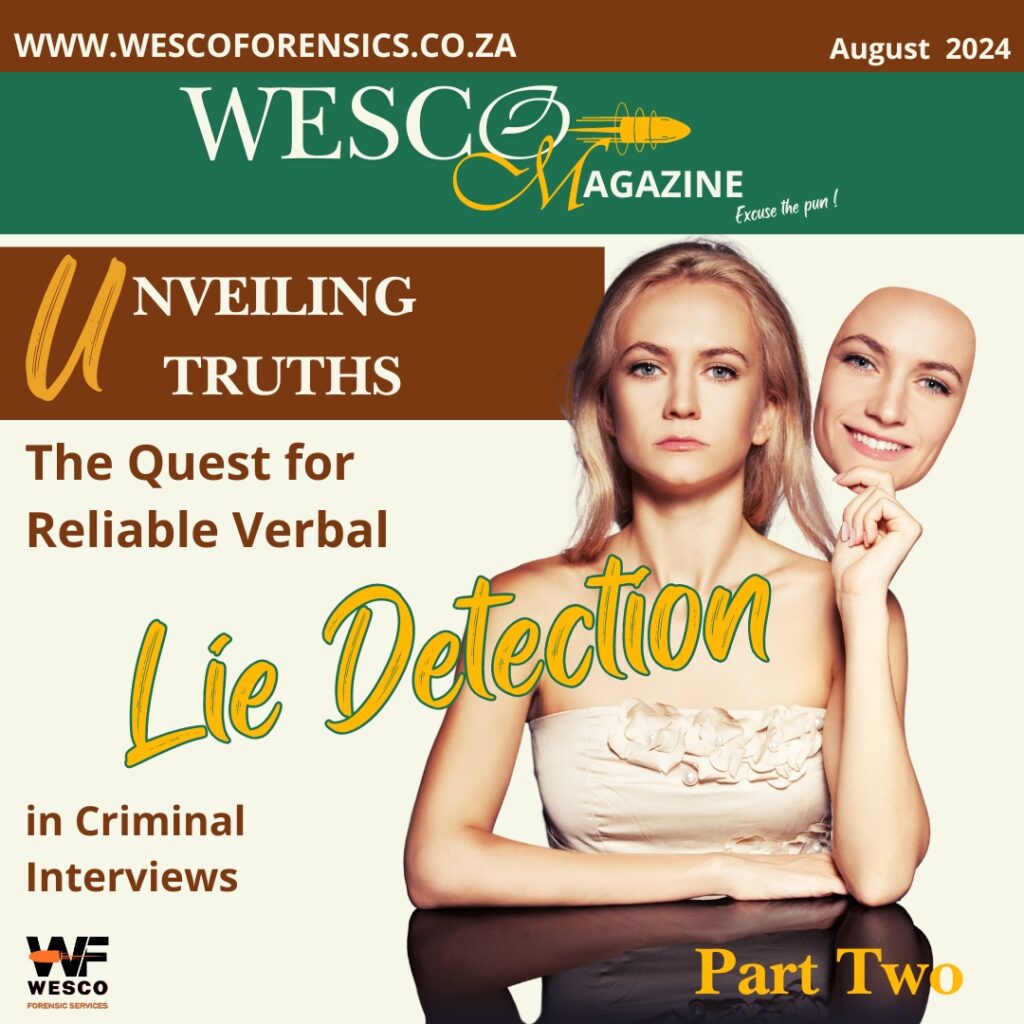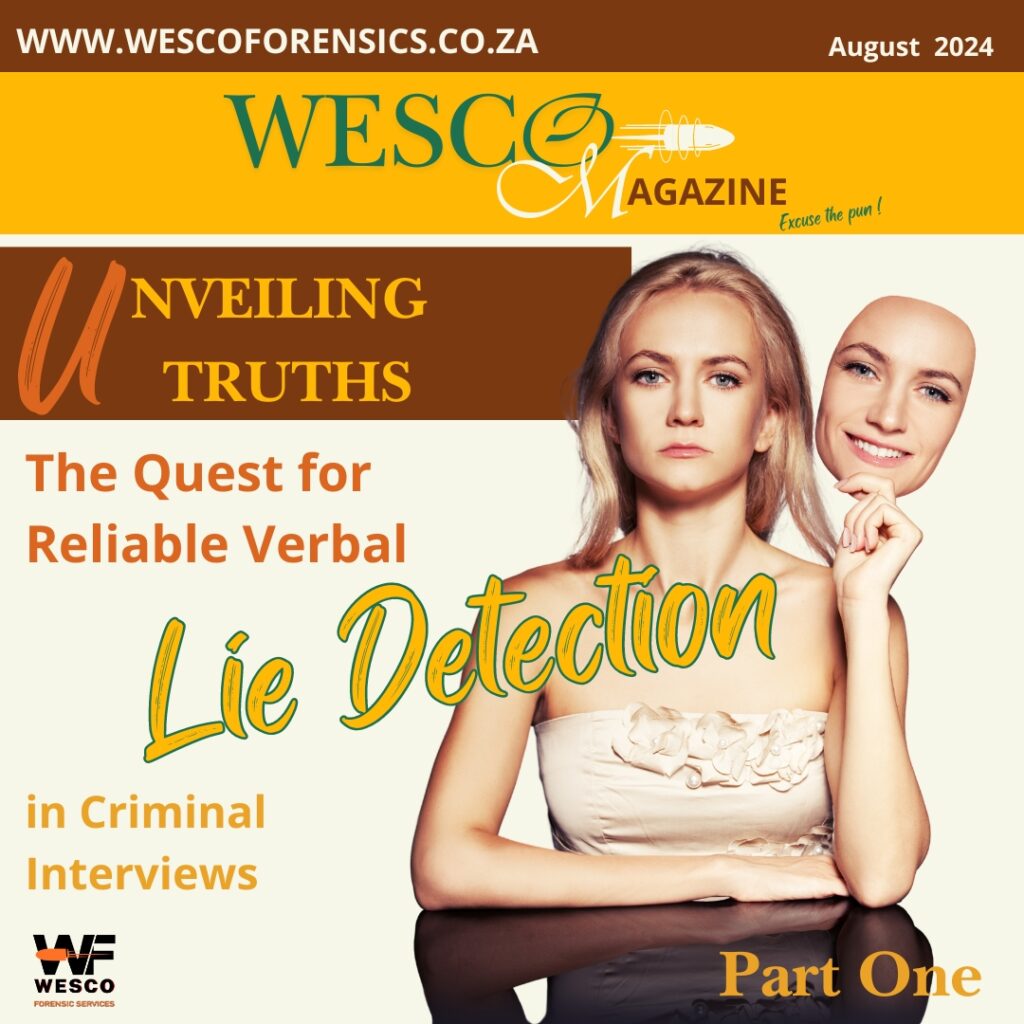Unraveling Mysteries, One Clue at a Time

In the gripping world of forensic investigation, where truth hides in the shadows and mysteries lurk beneath the surface, one name shines brightly: Wesco Forensics.
Crime Scene Management

Crime scene management begins the moment an incident occurs. The public and first responders play a crucial role in ensuring the integrity of the scene. While advanced forensic technology can analyze evidence in remarkable detail, the value of such analysis is quickly lost if the crime scene is not properly preserved from the outset. Even the slightest disturbance to evidence—whether visible or microscopic—can compromise its use in court.
Mastering Crime Scene Management: Essential Techniques and Procedures

Discover expert techniques for mastering crime scene management, ensuring proper evidence handling and accurate investigation outcomes. Learn the crucial steps that every forensic professional must know.
The Silent Witness: Unlocking Hidden Clues in Forensic Science

In the world of forensic science, even the smallest trace of evidence can speak volumes. Silent Witness explores how cutting-edge forensic techniques unlock hidden clues that often go unnoticed, providing a voice for the voiceless in high-profile criminal investigations.
Terminal Ballistics in Practice: Real-World Applications and Forensic Case Studies

Discover the real-world applications of terminal ballistics in forensic science. This article covers practical case studies and how terminal ballistics principles are applied in real forensic investigations, providing a practical understanding of its role in criminal analysis.
Exploring Bullet Dynamics and Forensic Impact – PART TWO

Delve into advanced insights on terminal ballistics with our comprehensive guide. This article explores the dynamics of bullet behavior and its significant impact on forensic analysis, offering a deeper understanding of how these factors influence crime scene investigations.
The Critical Role of Terminal Ballistics

Part One of our series on terminal ballistics explores the critical role this field plays in forensic analysis. Discover key insights into how bullet performance and impact behavior influence crime scene investigations and forensic evaluations. This guide provides foundational knowledge essential for understanding the complexities of terminal ballistics.
Mastering Fingerprinting Techniques: A Comprehensive Guide to Forensic Analysis

Unlock the secrets of effective fingerprinting with our comprehensive guide to forensic analysis. This article delves into advanced techniques for capturing and analyzing fingerprints, offering practical insights and tips for forensic professionals. Whether you’re looking to refine your skills or understand the latest advancements in fingerprinting technology, this guide provides valuable knowledge to enhance your forensic expertise.
Advanced Verbal Lie Detection

In Part Two of our exploration into verbal lie detection, we delve deeper into the cognitive and linguistic signals that often betray deception. By examining how stress and cognitive load affect speech patterns, we uncover key indicators that can help investigators discern truth from falsehood. This section provides practical examples and real-world applications of these techniques, equipping you with the tools to enhance your observational skills and improve the accuracy of your interviews. Whether you are looking to refine your approach or understand the science behind verbal cues, this guide offers actionable insights into the art of detecting lies.
The Quest for Reliable Verbal Lie Detection

In criminal investigations, the ability to detect lies through verbal cues is a powerful tool for uncovering the truth. This article explores the most effective verbal lie detection techniques used in criminal interviews, offering insights into how subtle changes in speech patterns, cognitive load, and linguistic inconsistencies can reveal deception. Whether you’re a seasoned investigator or simply interested in the psychology of truth-telling, this guide provides valuable strategies for sharpening your lie detection skills.

